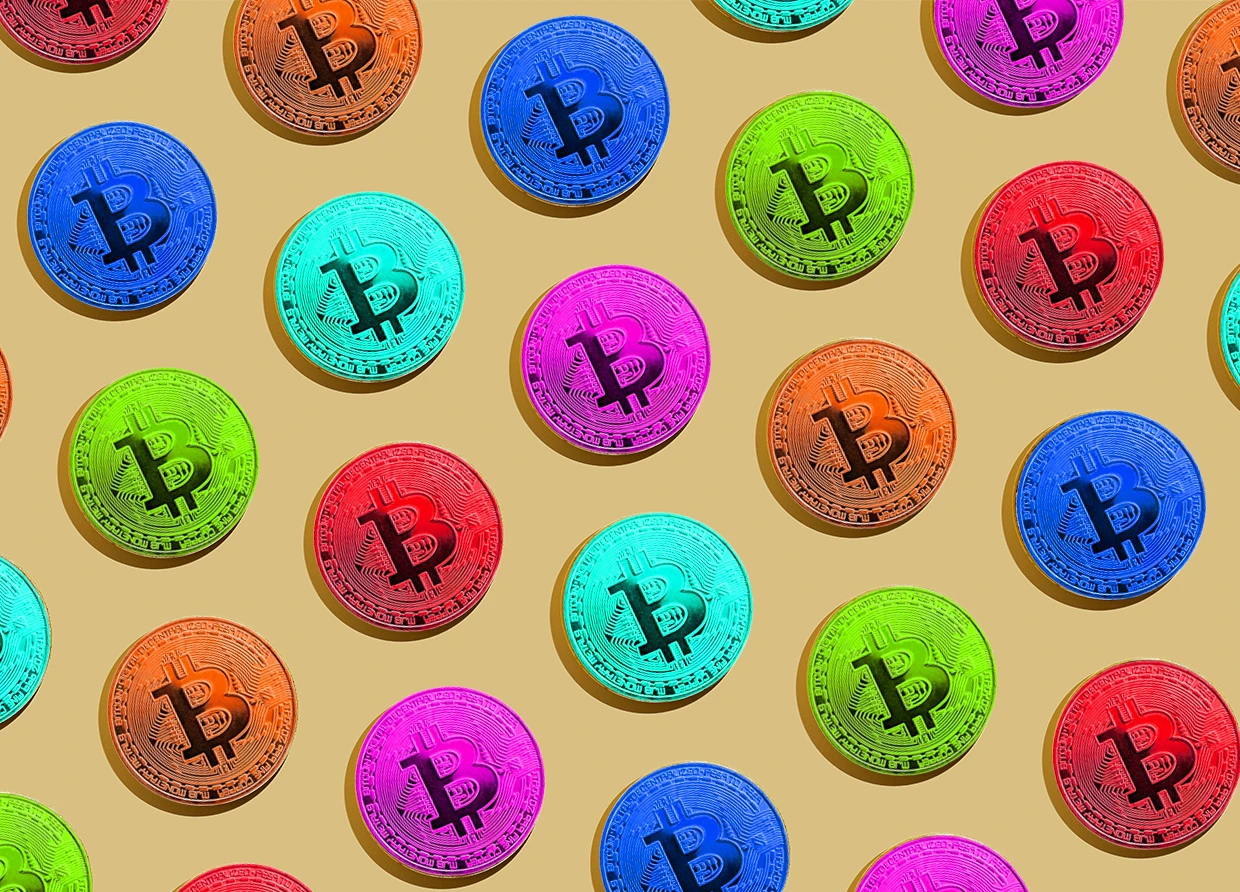CRYPTO STABLECOINS — WHAT ARE THEY?
Meet one of the indispensable aspects of the crypto economy.

Stablecoins are digital coins that attempt to provide investors with price stability through algorithms. Since their inception in 2014, stablecoins have gained widespread acceptance due to their ability to provide security and speed.
Most stablecoins are used to purchase cryptocurrencies on platforms that do not offer fiat-like trading pairs. They are basically decentralized versions of fiat currencies that can be used to interact with other blockchain-based apps and smart contracts.
In order to be a currency, an asset's price cannot be as volatile as BTC (Bitcoin) or ETH (Ethereum). A higher volatility means that their price can move wildly over time. It needs to remain at a stable price to function as a tender. This is where stablecoins come in.
Stablecoins eliminate the volatility element in cryptocurrency. Stablecoins are ideal for keeping track of the value and increasing the mobility of crypto assets in the ecosystem. Unlike fiat currencies, stablecoins are not tied to a specific institution or transaction.
Just like fiat currency, stablecoins can be used to purchase goods and services. As their popularity grew, they became more widely used in various blockchain-based financial services.
The new “Pay with Tether” video series introduces businesses that accept #tether tokens for their goods and services. In Episode 3 we talk to the educational marketplace ODEM which lets you buy and sell classes with #tether tokens#PayWithTether pic.twitter.com/t7cRTQTEhG
— Tether (@Tether_to) December 31, 2021
Stablecoins, how they are used?
Shall we produce some #Tether Christmas merch next year? ?? pic.twitter.com/JdDbM0JYAo
— Tether (@Tether_to) December 20, 2021
The first stablecoins came out as fiat currency replacements. Their safety and stability provided investors a safe haven from the volatility of other cryptocurrencies.
Stablecoins are becoming more popular in the decentralized finance space. They can now be used to take out loans and lower rates compared to traditional savings accounts.
They are also becoming more popular to pay salaries. They can be used to transfer money across borders without paying a transaction fee, or at least a very minimal fee. Cross-border transactions are handled much faster on the blockchain compared to bank transfers.
Types of stablecoins
Most stablecoins are pegged to the value of a specific fiat currency, such as the US dollar. This ensures that one stablecoin is worth one U.S. dollar. This concept is the fiat-backed stable coins. An example is USD Coin (USDC).
The stablecoin's peg can be maintained through a variety of mechanisms. One of these is called asset backing. This method implies that the stablecoin is backed 1:1 with the actual U.S. dollar. Take USD Coin (USDC) and the fiat USD. For instance, the price of one USDC will always be one U.S. dollar.
Other than the fiat-backed stablecoins, there are also crypto-backed stablecoins such as Wrapped Bitcoin (WBTC). WBTC is a coin on the Ethereum network backed by BTC on the Ethereum blockchain.
There are also commodity-backed stablecoins. The most commodity used to back this kind of stablecoins is gold. A commodity-backed stablecoin is an excellent alternative to traditional gold and silver investments due to its lower maintenance fees. It can also be used to purchase tokens for cash or gain custody of an underlying asset.
Then, there are algorithmic stablecoins. The algorithmic stablecoins are real central banks that act as intermediaries in the market. They buy and sell assets when the price goes over or below the peg. Algorithmic stablecoins have reserves of smart contracts in place to control the circulating supply of the respective coins.
Lastly, there are non-collateralized stablecoins. They share some similar features with algorithm-backed stablecoins. But, non-collateralized stablecoins do not use reserves of smart contracts. Instead, seigniorage-like stablecoins rely on complex algorithms to manage their supply and demand.
Examples of stablecoins
Many stablecoins are circulating both in decentralized exchange and centralized exchange. As of now, coinmarketcap.com recorded 73 circulating stablecoins globally. Some of them are issued by private companies and exchanges.
Some examples of stable coins issued by private companies include Tether's USD (USDT), Tether Euro (EURT), Straitsx's SGD (XSGD), Digix' Gold Token (DGX), Bit's Chinese Yen (BITCNY), and Swiss Crypto Token's Franc (XCHF). These stablecoins are available for cross-exchange transactions.
The stablecoins issued by exchanges include Binance's USD (BUSD), Binance's Rupiah (BIDR), Huboi's USD (HUSD), Binance's Vietnamese Dong (BVND), and Binance GBP (BGBP) are often inclusive to the respective exchange.
#THE S MEDIA #Media Milenial



























